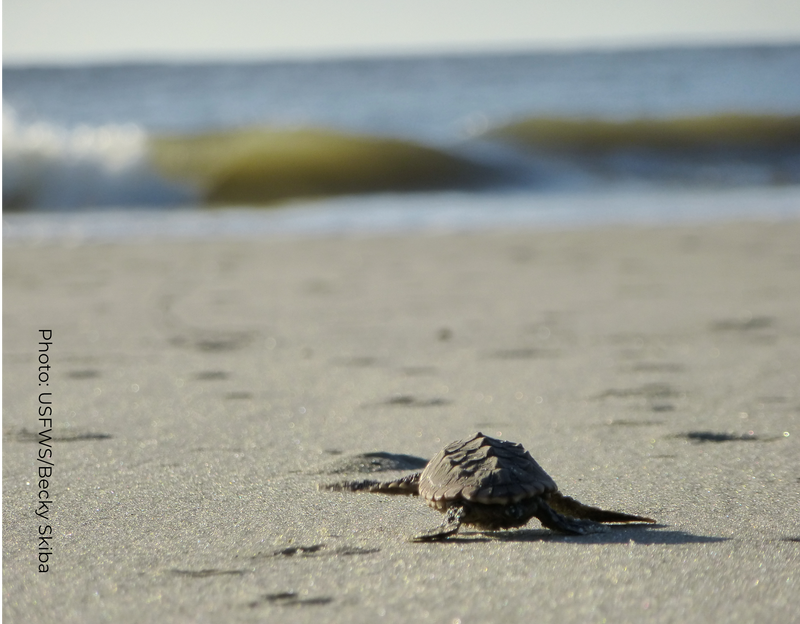
The ESA: Putting the Details Together

The ESA: Putting the Details Together
The Endangered Species Act (ESA) is the strongest law in the world for protecting imperiled wildlife - from sea turtles to beach mice to jaguars - but how exactly does it work? The law has a lot of moving parts, and its effectiveness hinges on all these parts working the way they are supposed to. These seemingly minute details can have real, tangible impacts on the species the law is meant to protect.
Congress intended the ESA to provide strong protections to threatened and endangered species. And while it determined the big picture of how the ESA is supposed to work, Congress left the details up to the federal agencies responsible for implementing the law. They do that through creating regulations, policies, handbooks, and other guidance that provides additional detail as to how each provision of the Act should be carried out.
“Doing the science to understand the details of how the ESA works - both strengths and any weaknesses in implementation - is essential to protecting our most imperiled species. Very few people outside of agency staff understand or pay attention to these details, but it is and has been one of Defenders’ strengths over the years.”
~ Dr. Jacob Malcom, Director of the Center for Conservation Innovation
Recently, researchers from Defenders and collaborators have published or released research in three overlooked but key aspects of the ESA:
- science-based recovery goals for species ,
- “recovery units” used in recovery planning and ESA implementation , and
- the details of how ESA section 7 consultations are carried out .
We can see how this in-the-weeds research can have real, tangible effects on threatened and endangered species. For instance, Defenders’ work has shown that recovery units can be effective tools of conservation for listed species like the loggerhead sea turtle, though they are rarely used. And while recovery is one of the goals of the ESA, a recent paper from our Center for Conservation Innovation highlights that species that can have declining populations, yet still be declared “recovered” - and while sometimes the rationale behind this is scientifically sound, in other cases there is no scientific justification for lowering the bar on what constitutes recovery.
Defenders also published research into the details of the consultation process in the journal PLoS One, using sea turtle consultation documents as a case study and finding that NMFS sea turtle consultations were 1.4 times as likely to be more complete than those done by FWS and address the necessary details. Both FWS and NMFS frequently failed to account for the effects of previous consultations and the potential for compounded effects on turtle species.
Though they may seem too in-the-weeds to be concerned with, the specifics of ESA implementation - from the criteria of recovery plans to use of recovery units to the completeness of the consultation process - can have a huge effect on the conservation of the species. We must pay attention to the nitty-gritty of how the ESA works in practice to ensure we’re giving our most imperiled species, like our beloved loggerhead turtles, the protections they need.